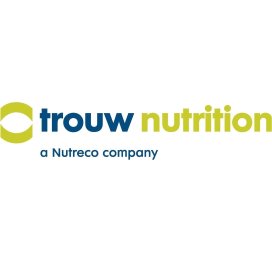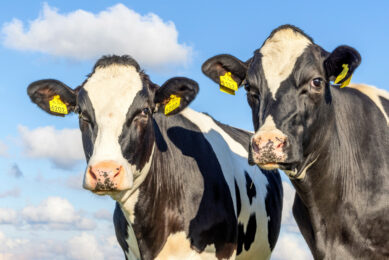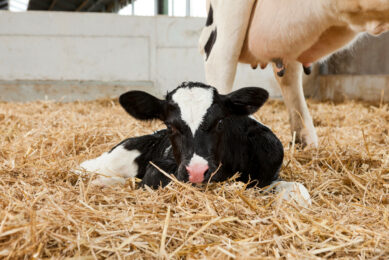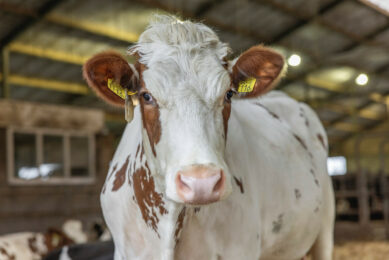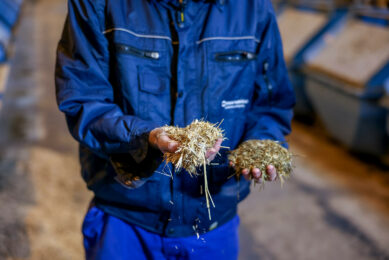The contribution of leaky gut during heat stress
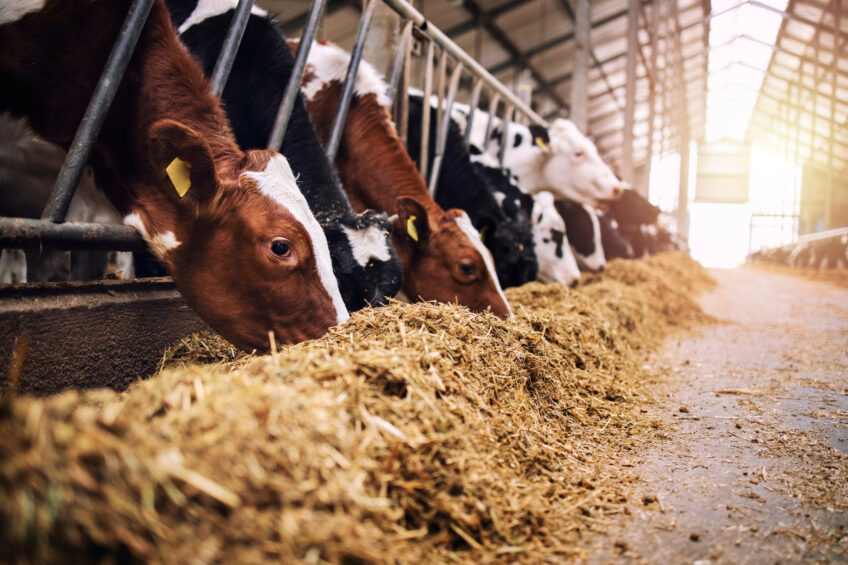
The negative consequences of heat stress on gastrointestinal health are well-established. But more metabolic and physiological changes are induced when the THI index rises. Here we touch on some of them.
Heat stress is here to stay, and continues to impact production, well-being, and health of livestock. With more extreme weather patterns, including longer periods of heat in more parts of the world, heat stress management in farm animals is becoming an even more urgent issue in the future. High-producing dairy cows are particularly sensitive to heat stress. To prevent economic losses, a multitude of actions should be taken when the temperature-humidity index (THI) becomes too high and starts to impact health and performance of dairy cows.
Feed drop is only one factor
“We used to think that the depressed feed intake levels during heat stress was the biggest contributor for the milk production drop. But thanks to the work of Dr Lance Baumgard and Dr Rob Rhoads in the early 2000s, we learned that that the reduced feed intake levels only accounts for 20% to 50% of milk production loss during heat stress. This suggests that other mechanisms are also involved”, says Victoria Sanz Fernandez, ruminant researcher at Trouw Nutrition. Since then, it has been demonstrated that heat stress induces unexpected metabolic changes that ultimately alter nutrient utilisation. Specifically, heat stress increases glucose utilisation and decreases fat oxidation, which is the opposite to what would be expected from animals that are eating less. “These alterations might explain the changes in productivity experienced by heat stressed animals. However, the triggers of these changes are still to date not fully understood”, according to Sanz Fernandez.
Heat stress induces leaky gut
The leaky gut syndrome (‘leaky gut’) might be behind the metabolic and production changes induced by heat stress. Sanz Fernandez explains: “Maintaining a normal core body temperature (euthermia) when it is hot outside is vital to maintain the different physiological functions and cellular processes. One of the cow’s responses to being too hot is dilating of the blood vessels at the skin surface to increase heat loss through the surface of the skin. To maintain blood pressure during this process, the blood vessels in the gastrointestinal (GI) tract naturally undergo the opposite: vasoconstriction. However, this narrowing of the blood vessels leads to a reduced blood flow to the enterocytes (the epithelial cells in the gut), leading to hypoxia (oxygen loss) and nutrient restriction, and hence energy depletion and oxidative stress in cells. The consequences of this include changes in the intestinal morphology and mucosal damage (Figure 1), alterations in the unions between the enterocytes (tight junctions), an abnormal increase in permeability, and the presence of inflammation in the intestine. Ultimately, all this translates into the impairment of the barrier function in a process known as leaky gut.”
Figure 1 – Histological analysis of the jejunum of heat-stressed (HS) cows.
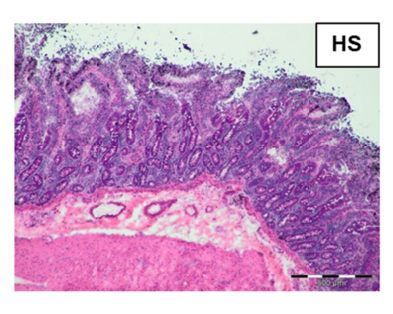
Competition for energy sources
The loss of the so-called intestinal barrier integrity due to heat stress allows easier permeation intestinal content including bacterial compounds and endotoxins. Endotoxins [e.g., lipopolysaccharide (LPS)] are highly immunogenic structural parts of the cell wall of Gram-negative bacteria. When these compounds infiltrate the intestinal mucosal inducing local inflammation. If this is not resolved it can extend through the blood resulting in systemic inflammation. According to Sanz Fernandez, this leads to competition for energy sources and hence reduces milk output. “Inflammation has a high energy and nutrients cost. During an inflammatory process, metabolic changes occur to ensure that the immune cells meet their needs. This process redirects nutrients away from milk production. Interestingly, the metabolic reactions observed during immune activation resemble those we see during heat stress, including the increase in glucose utilisation (immune cells become exclusive glucose utilisers when activated) and decrease fat oxidation.”
Alleviating heat stress strategies
Managing heat stress is critical for maintaining dairy cow productivity and health. However, the effects of heat stress on the energy metabolism and intestinal integrity are complex and are not always directly noticed with the human eye. “A better understanding of the relationship of heat stress and the less visible signs (next to the more obvious signs such as decreased feed intake and panting) are needed. This way we can alleviate our current strategies (management, feeding/formulation strategies and modelling, use of certain feed additives, shading, cooling, and increasing use of genetic selection). At Trouw Nutrition we are constantly looking for improved feeding strategies and formulation to contribute to improved efficiency, performance, and well-being of cows. And this is of utmost importance due to the increasing global relevance of heat stress and potential bigger health impairments we can expect in the future,” Sanz Fernandez concludes.
Join 13,000+ subscribers
Subscribe to our newsletter to stay updated about all the need-to-know content in the dairy sector, two times a week.


